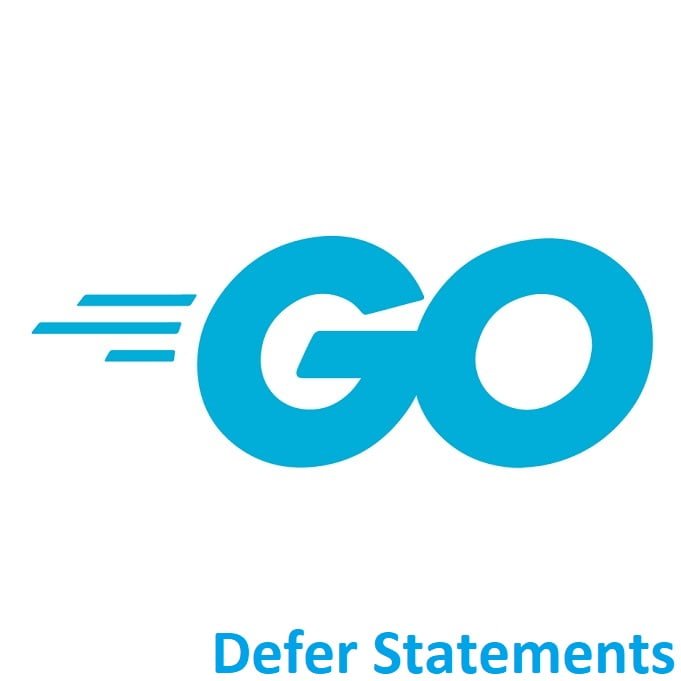
Mastering Control Flow and Resource Management
Welcome to the world of Go programming! In the realm of efficient resource management and control flow, the ‘defer’ statement stands as a distinctive feature of the Golang language. This beginner-friendly guide aims to unravel the mysteries of ‘defer’ and demonstrate how it can streamline your code, ensuring clean execution and effective resource handling in Go programs.
What is a Defer Statement?
In Go, the defer statement is used to schedule a function call to be executed just before the enclosing function returns. It is often used for tasks like cleanup, closing files, releasing resources, and ensuring that certain actions are performed regardless of how a function exits (whether it’s via a return, panic, or a normal exit).
The defer statement has a simple syntax:
defer functionCall(arguments)
Here are some key points to understand about defer statements in Go:
Execution Order:
When a function containing one or more defer statements is called, the deferred functions are not executed immediately. Instead, they are added to a stack, and they are executed in reverse order (last deferred, first executed) when the enclosing function returns.
Arguments Evaluation:
The arguments passed to the deferred function are evaluated when the defer statement is encountered, not when the function is executed. This can be important if the values of the arguments change before the deferred function is executed.
Common Use Cases:
- Closing Files: A common use case is to defer the closing of a file that has been opened within a function.
- Unlocking Mutexes: You can defer unlocking mutexes to ensure they are always released, preventing deadlocks.
- Logging: Defer can be used to log entry and exit points of functions for debugging purposes.
- Recovering from Panics: In conjunction with
recover,defercan help recover from panics and perform error handling.
Golang Code:
Here’s a simple example illustrating the basic use of defer:
package main
import "fmt"
func main() {
defer fmt.Println("Deferred function")
fmt.Println("Hello,")
fmt.Println("World!")
}In this example, “Deferred function” will be printed just before main returns, even though it’s deferred at the beginning of the function.
Golang Code:
Here’s an example to illustrate the order of execution with multiple defer statements:
package main
import "fmt"
func main() {
defer fmt.Println("Deferred 1")
defer fmt.Println("Deferred 2")
defer fmt.Println("Deferred 3")
fmt.Println("Regular Statement")
// The deferred functions will execute in LIFO order when this function returns.
}In this example, when you run the main function, you will see the following output:
Regular Statement Deferred 3 Deferred 2 Deferred 1
As you can see, the defer statements are executed in the reverse order of their appearance in the code (LIFO), and they are executed just before the main function returns.
LIFO stands for “Last-In, First-Out.” It is a common data structure and organization principle that is used in various computer science and engineering contexts, particularly in the context of data storage and retrieval.
Conclusion
Congratulations on delving into the power of ‘defer’ statements in Go! You’ve unlocked a crucial mechanism for handling resources and controlling the flow of your Golang programs. Keep in mind that defer statements are often used in combination with error handling mechanisms, such as panic and recover, to ensure proper cleanup and recovery in case of unexpected errors. By understanding and effectively using ‘defer,’ you’ve enhanced your ability to write cleaner, more maintainable code. As you continue your journey in Go programming, keep leveraging ‘defer’ to optimize resource management and streamline your code execution for robust and efficient applications.
That’s All Folks!
You can find all of our Golang guides here: A Comprehensive Guide to Golang




